Concept cars fall into two basic categories: those that are a flight of fantasy and which you instinctively know will never ever make it past the motor show floors (e.g. the Peugeot Onyx), and those that preview an actual car that’s still some years down the road.
Even in the second scenario, the designers’ main objective is to create a concept to wow the crowds at auto shows. They may think inside certain parameters, but they don’t really have to worry about “little” things such as legislation concerning the height of the headlights or pedestrian impact protection. That is what engineers are for, right?
As Porsche found out the hard way with the first generation of the Boxster, stray too far away from the concept when production time comes and you’re in for a roasting. No matter how much explaining you do, you had better deliver on what you promise – or else…
Nearly three years ago, GM showed the Corvette Stingray Concept at the 2009 Chicago Auto Show. This study borrowed quite a lot of cues from the original Stingray, including the split rear window that supposedly resembles the spine of the fish, while it was featured in the Transformers sequel “Revenge of the Fallen” as “Sideswipe”.
Ed Welburn, vice president of GM Global Design, said that he had given his team “freedom to design no-holds-barred vision concepts, because it helps them push boundaries and look at projects from different perspectives.”
Fast forward to the 2013 NAIAS and Mr. Welburn introduced us to the production 2014 Corvette Stingray. After all the extensive coverage, a question arose: what, if anything, did the new ‘Vette borrow from its concept namesake?
Well, basically, the front air intake, the central bulge on the bonnet that connects with the styling of the roof, the side air vents aft of the front wheels along with the distinct creases (albeit positioned higher than in the concept) seem to have made it, along with the name and logo of course.
While we didn’t doubt that the hybrid drive and the scissor-opening doors of the concept were pure (science) fiction, what troubles us is that other details, like the ultra-slim stacked headlights, the curvy split rear window and the high-rising, voluptuous rear fenders that gave the concept an aggressive stance making it look like it is ready to spring forward went AWOL.
So, what do you think: should the production 2014 Stingray have used more of the 2009 concept’s styling cues or is the finished item just fine as it is?
You can view the two cars side by side in the image gallery that follows, as well as the videos from their respective auto show launches, and judge for yourselves.
By Andrew Tsaousis
PHOTO GALLERY



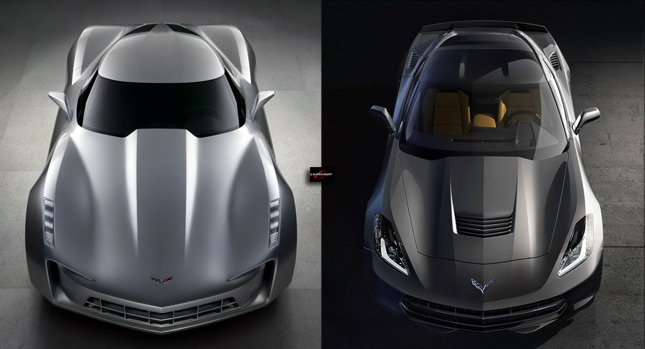
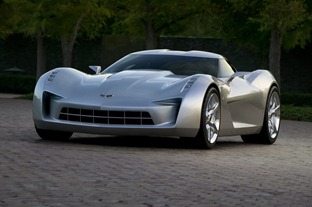
![Corvette-Stingray-3[3] Corvette-Stingray-3[3]](https://www.carscoops.com/wp-content/uploads/2013/01/0f4b2fb8-corvette-stingray-325255b325255d25255b725255d-300x163.jpg)
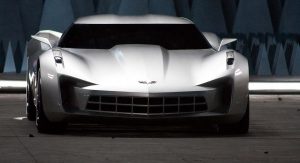
![Corvette-Stingray-C713[2] Corvette-Stingray-C713[2]](https://www.carscoops.com/wp-content/uploads/2013/01/57954ad8-corvette-stingray-c71325255b225255d25255b725255d-300x163.jpg)
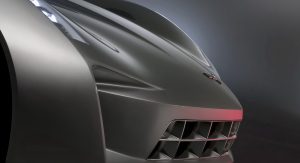
![2014-Corvette-C7-17[6] 2014-Corvette-C7-17[6]](https://www.carscoops.com/wp-content/uploads/2013/01/b713550c-2014-corvette-c7-1725255b625255d25255b725255d-300x163.jpg)
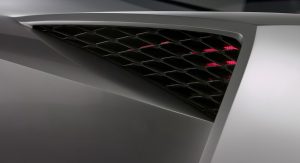
![2014-Corvette-C7-54[3] 2014-Corvette-C7-54[3]](https://www.carscoops.com/wp-content/uploads/2013/01/8e8a4e48-2014-corvette-c7-5425255b325255d25255b625255d-300x163.jpg)
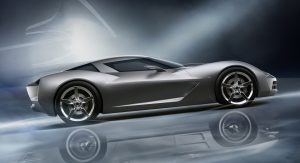
![2014-Corvette-C7-29[6] 2014-Corvette-C7-29[6]](https://www.carscoops.com/wp-content/uploads/2013/01/207a0667-2014-corvette-c7-2925255b625255d25255b625255d-300x163.jpg)
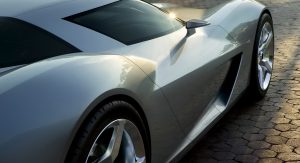
![Corvette-Stingray-C71[2] Corvette-Stingray-C71[2]](https://www.carscoops.com/wp-content/uploads/2013/01/3f69da0e-corvette-stingray-c7125255b225255d25255b625255d-300x163.jpg)
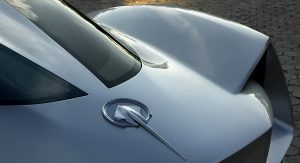
![Corvette-Stingray-C72[2] Corvette-Stingray-C72[2]](https://www.carscoops.com/wp-content/uploads/2013/01/ed1d4378-corvette-stingray-c7225255b225255d25255b625255d-300x163.jpg)
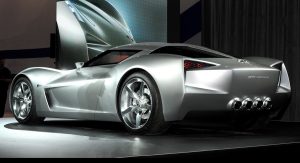
![2014-Corvette-C7-4[6] 2014-Corvette-C7-4[6]](https://www.carscoops.com/wp-content/uploads/2013/01/97207299-2014-corvette-c7-425255b625255d25255b625255d-300x163.jpg)
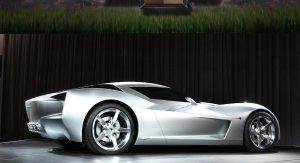
![Corvette-Stingray-C79[2] Corvette-Stingray-C79[2]](https://www.carscoops.com/wp-content/uploads/2013/01/c5a230e1-corvette-stingray-c7925255b225255d25255b625255d-300x163.jpg)
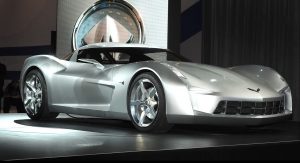
![Corvette-Stingray-C711[2] Corvette-Stingray-C711[2]](https://www.carscoops.com/wp-content/uploads/2013/01/db00a1f1-corvette-stingray-c71125255b225255d25255b625255d-300x163.jpg)
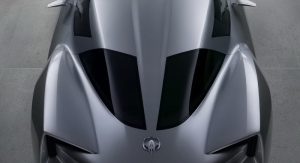
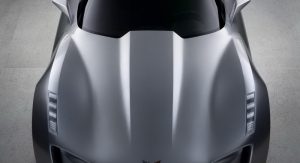
![2014-Corvette-C7-53[4] 2014-Corvette-C7-53[4]](https://www.carscoops.com/wp-content/uploads/2013/01/0c49ef5f-2014-corvette-c7-5325255b425255d25255b625255d-300x163.jpg)
